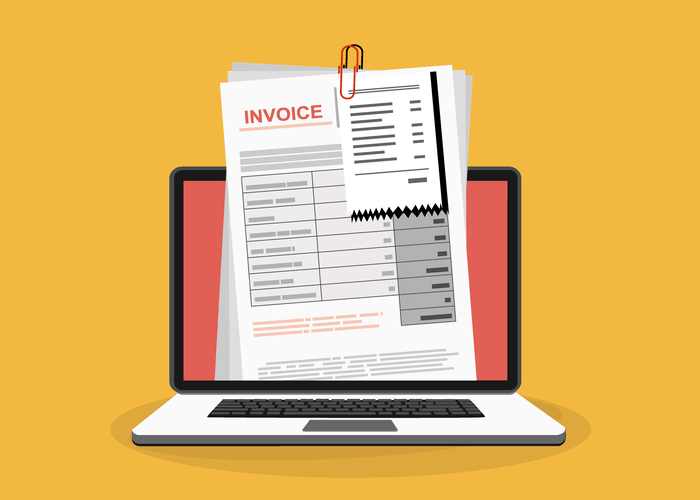News
新着情報
How To Do a Bank Reconciliation?8 Steps With best practices
2022.10.07


Cash management software can integrate with many data sources, ensuring consistency in data requirements and quality.

Identify Discrepancies
Timing differences in the bank reconciliation process arise from variations in the timing of recording financial transactions between a company’s books and the bank statement. These discrepancies can result from outstanding checks, deposits in transit, or delayed processing by the bank. Outstanding checks represent issued payments not yet cashed, while deposits in transit are funds not yet reflected in the bank statement. Additionally, delays in processing by the bank can contribute to timing differences. Companies prepare bank reconciliation statements as a comprehensive accounting comparison tool. A company can ensure that all payments have been processed accurately by comparing their internal financial records against their bank account balance.

Step 1: Match Each Item on the Bank Statement to the Cash Account
- This is a simple data entry error that occurs when two digits are accidentally reversed (transposed) when posting a transaction.
- It is also a good idea to mark any expenses that have already been included in the bank reconciliation statement to avoid any errors.
- When your business issues a cheque to suppliers or creditors, these amounts are immediately recorded on the credit side of your cash book.
- By completing these steps, you ensure that your company’s financial records align with the bank statement, helping to identify and correct discrepancies.
- These deposited cheques or discounted bills of exchange drawn by your business may get dishonored on the date of maturity.
Once you complete the bank reconciliation statement at the end of the month, you need to print a bank reconciliation report and keep it in your monthly journal entries as a separate document. This bank reconciliation document will make auditors aware of the reconciled information at a later date. When your business issues a cheque to suppliers or creditors, these amounts are immediately recorded on the credit side of your cash book.
How to Prepare Bank Reconciliation? A Step-by-Step Guide

11 Financial may only transact business in those states in which it is registered, or qualifies for an exemption or exclusion from registration requirements. Finance Strategists has an advertising relationship with some of the companies included on this website. We may earn a commission when you click on a link or make a purchase through the links on our site.
Review: What are bank reconciliations?
- A bank reconciliation statement is produced after comparing the cash balance on a balance sheet to the corresponding balance on the bank statement.
- Conducting regular bank reconciliation helps you catch any fraud risks or financial errors before they become a larger problem.
- Apart from fraud, bank reconciliation can also help a company detect errors.
- Bank reconciliation is the process of comparing accounting records to a bank statement to identify differences and make adjustments or corrections.
The cash account balance in an entity’s financial records may also require adjusting in some specific circumstances, if you find discrepancies with the bank statement. In these cases, journal entries record any adjustment to the book’s balance. After fee and interest adjustments are made, the book balance should equal the ending balance of the bank account. When all these adjustments have been made to the books of accounts, the balance as per the cash book must match that of the passbook. If both the balances are equal, it means the bank reconciliation statement has been prepared correctly. Timing differences are items that cause a difference between the balances in the bank statement and bank book due to the timing of transactions.
Example of a Bank Reconciliation Statement

Auto-reconciling transactions reduces human errors, such as keying inaccuracies and adds security to the reconciliation process. Bank reconciliation helps to identify errors that can affect estimated tax payments and financial reporting. After including all the amounts identified in Step 3, your statements should display the same final balance. If any discrepancies cannot be identified and reconciled, it may signal an error or risk of fraud which https://www.bookstime.com/ your company can investigate further.
Acquire bank statements
It’s recommended for a company to perform a bank reconciliation at least once a contra asset account month. If your company receives bank statements more frequently, for example, every week, you may also choose to do a bank reconciliation for every statement you receive. After adjusting the balance as per the cash book, you’ll need record all adjustments in your company’s general ledger accounts. To reconcile your bank statement with your cash book, you’ll need to ensure that the cash book is complete and make sure that the current month’s bank statement has also been obtained.
Step 3: Work Out the Balance as Per the Cash Book Side of the Bank Reconciliation Statement
Check that your financial transaction records include all payments and deposits for the transaction period, as well as the final balance. A bank reconciliation compares a company’s cash accounting statements against the cash it has in the bank. A bank reconciliation is used to detect any errors, catch discrepancies between the two, and provide an accurate picture of the company’s cash position that accounts for funds in transit.